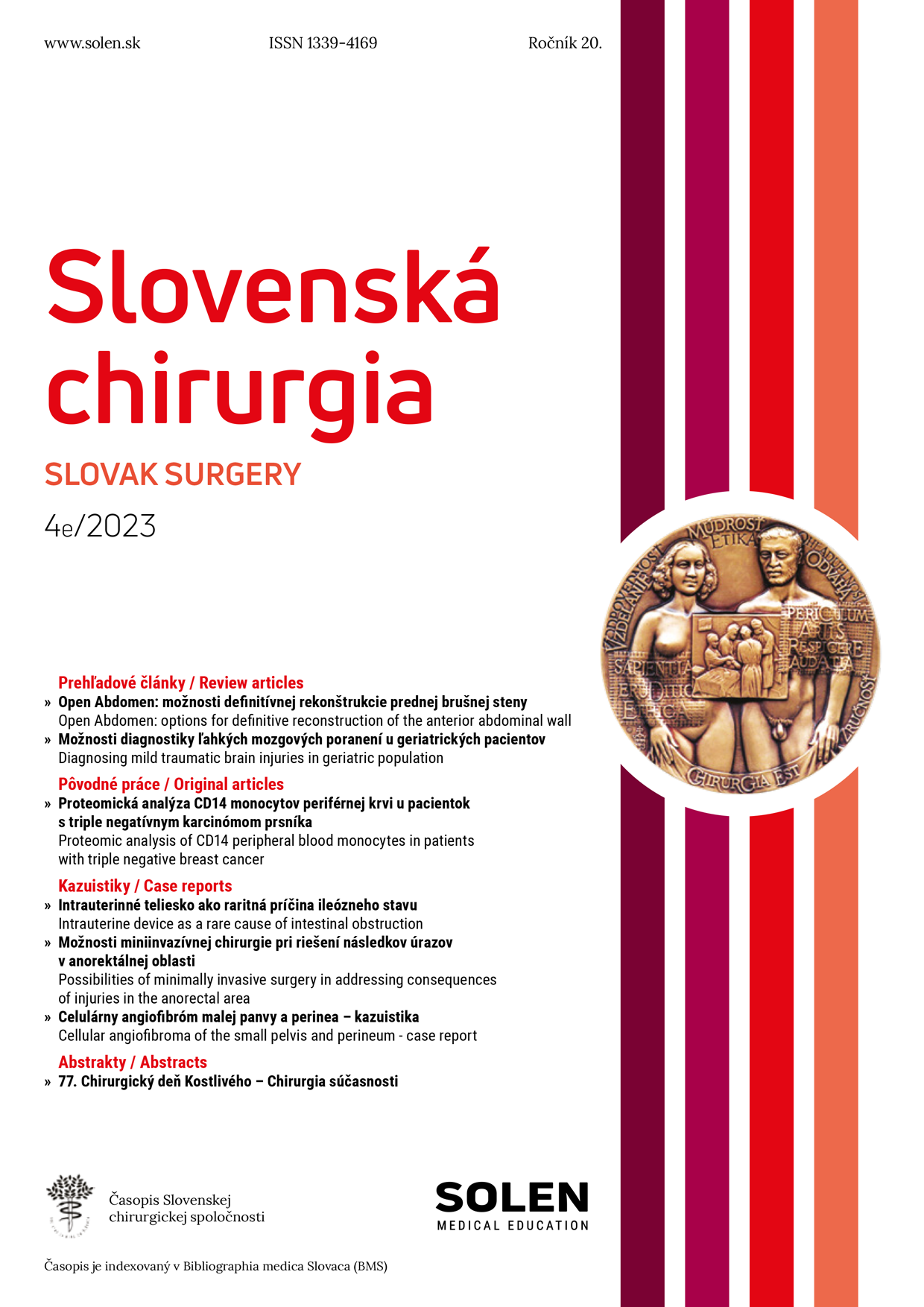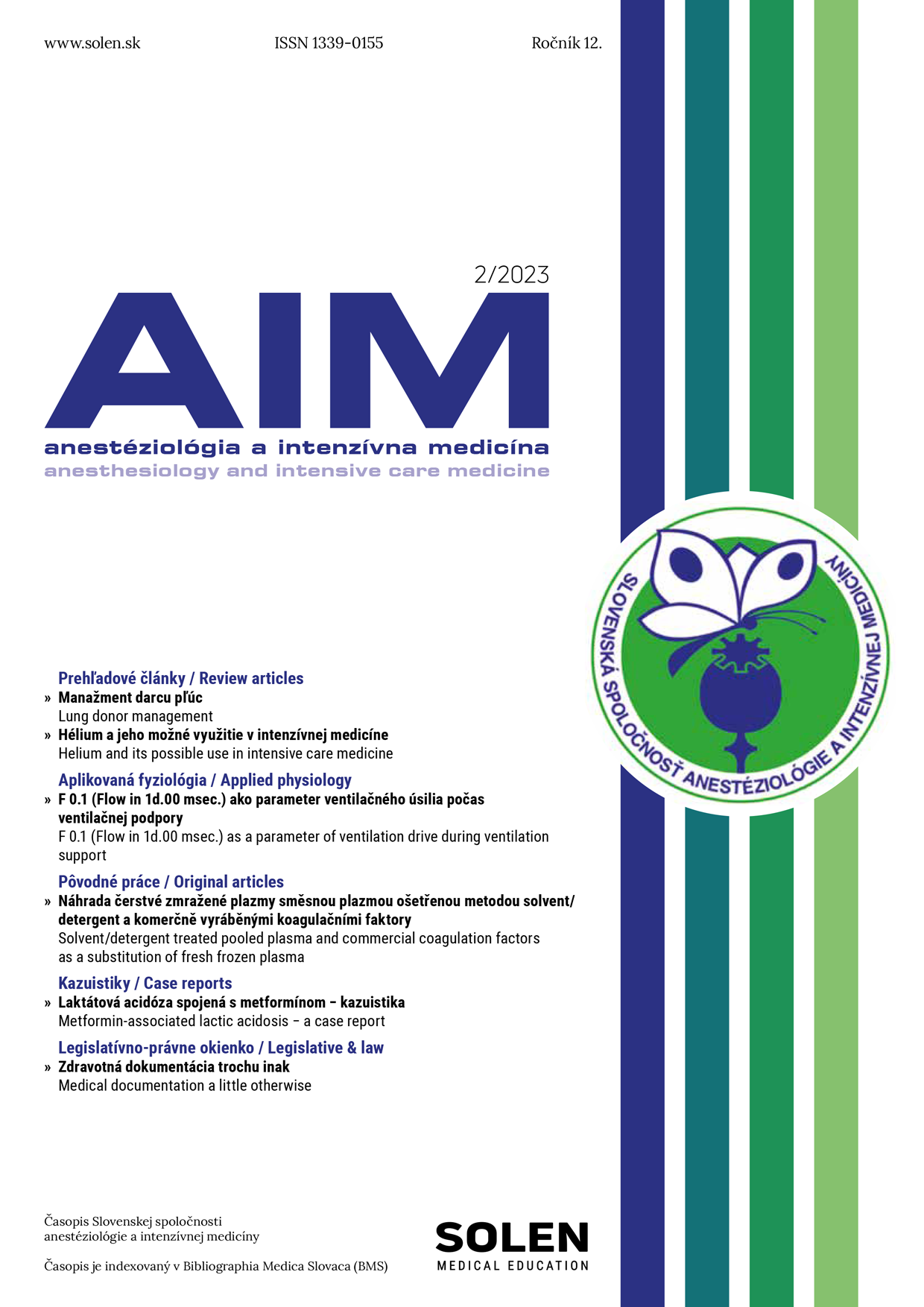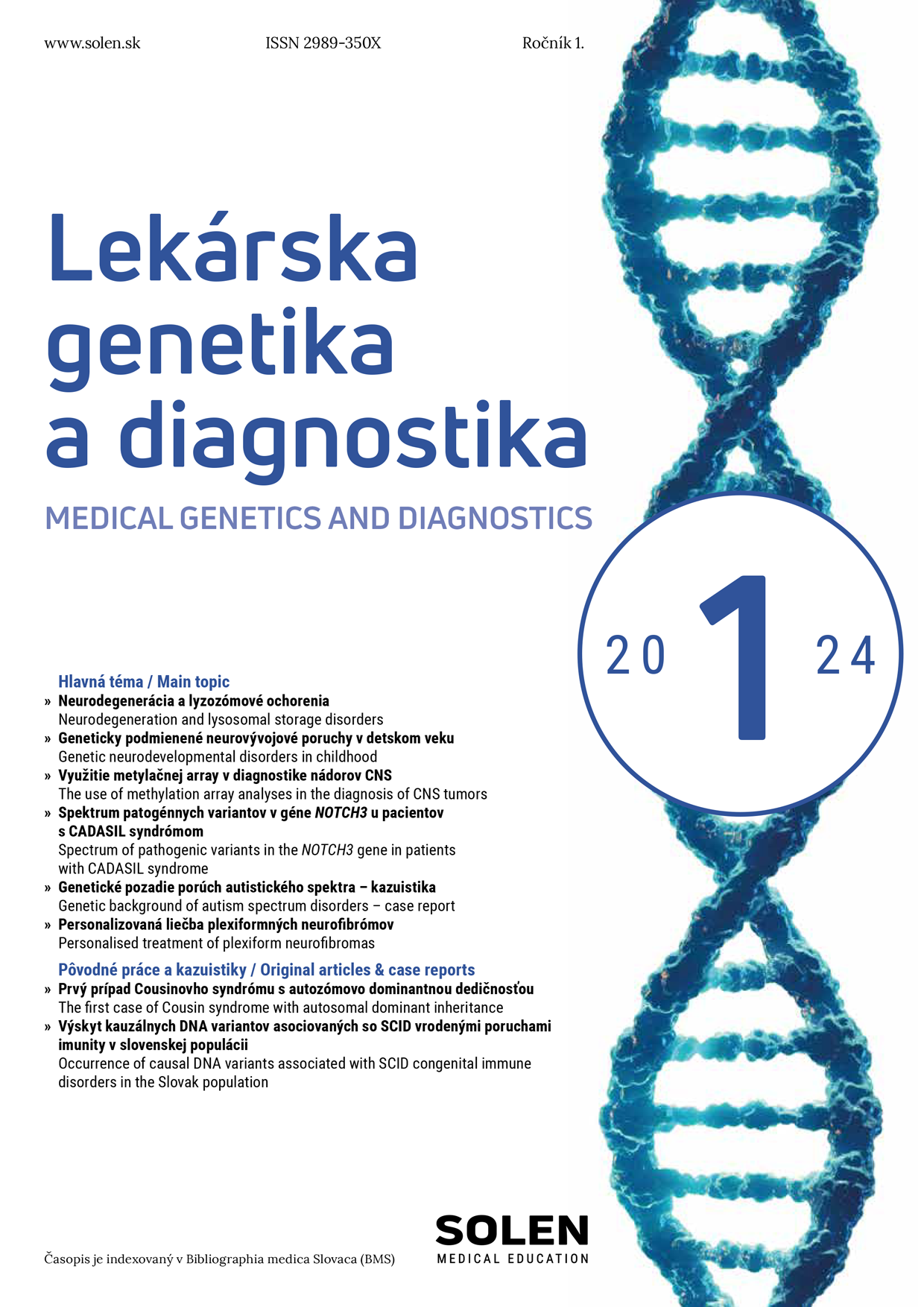Neurológia pre prax 2/2017
Status epilepticus u dospělých pacientů v neurointenzivní péči
MUDr. Ivana Šarbochová, MUDr. Lukáš Martinkovič
Status epilepticus (SE) je urgentní neurologická situace, která i přes intenzivní terapii vykazuje vysokou morbiditu a mortalitu. Úspěšnost zvládnutí SE závisí nejen od etiologie a charakteru samotného SE, ale především od včasné identifikace SE s rychlým zahájením léčby. Koncept SE podle International League Against Epilepsy (ILAE) zahrnuje rámec stanovení klinické diagnózy včetně časové osy s následným adekvátním léčebným přístupem. I přes razantní léčbu přechází až třetina pacientů do refrakterního SE s nutností využití celkové anestezie s umělou plicní ventilací. Zatímco klinické stanovení konvulzivního SE je poměrně jednoduché, u nekonvulzivního SE trvají mnohdy diagnostické rozpaky, zvláště u komatózních pacientů. V článku je podán základní přehled široké problematiky SE s důrazem na terapii.
Kľúčové slová: status epilepticus, definice, klasifikace, antiepileptika, EEG, epilepsie
Status epileticus in adults in neurointensive care
Status epilepticus (SE) is an urgent neurological condition with high morbidity and mortality regardless intensive health care. Early identification of SE with the rapid initiation of its treatment can influence the outcome. The proposed concept of SE according to International League Against Epilepsy (ILAE) includes an assessment of clinical diagnosis with its timeline and adequate therapeutic approach. Despite aggressive therapy the refractory SE with necessity to use general anesthesia and artificial ventilation is developed in one third of patients. While clinical recognition of convulsive status is not difficult, the diagnosis of nonconvulsive status is not straightforward, especially in comatose patients. The article gives an overview of the status epilepticus with emphasis on therapy.
Keywords: status epilepticus, definition, classification, antiepileptic drugs, EEG, epilepsy


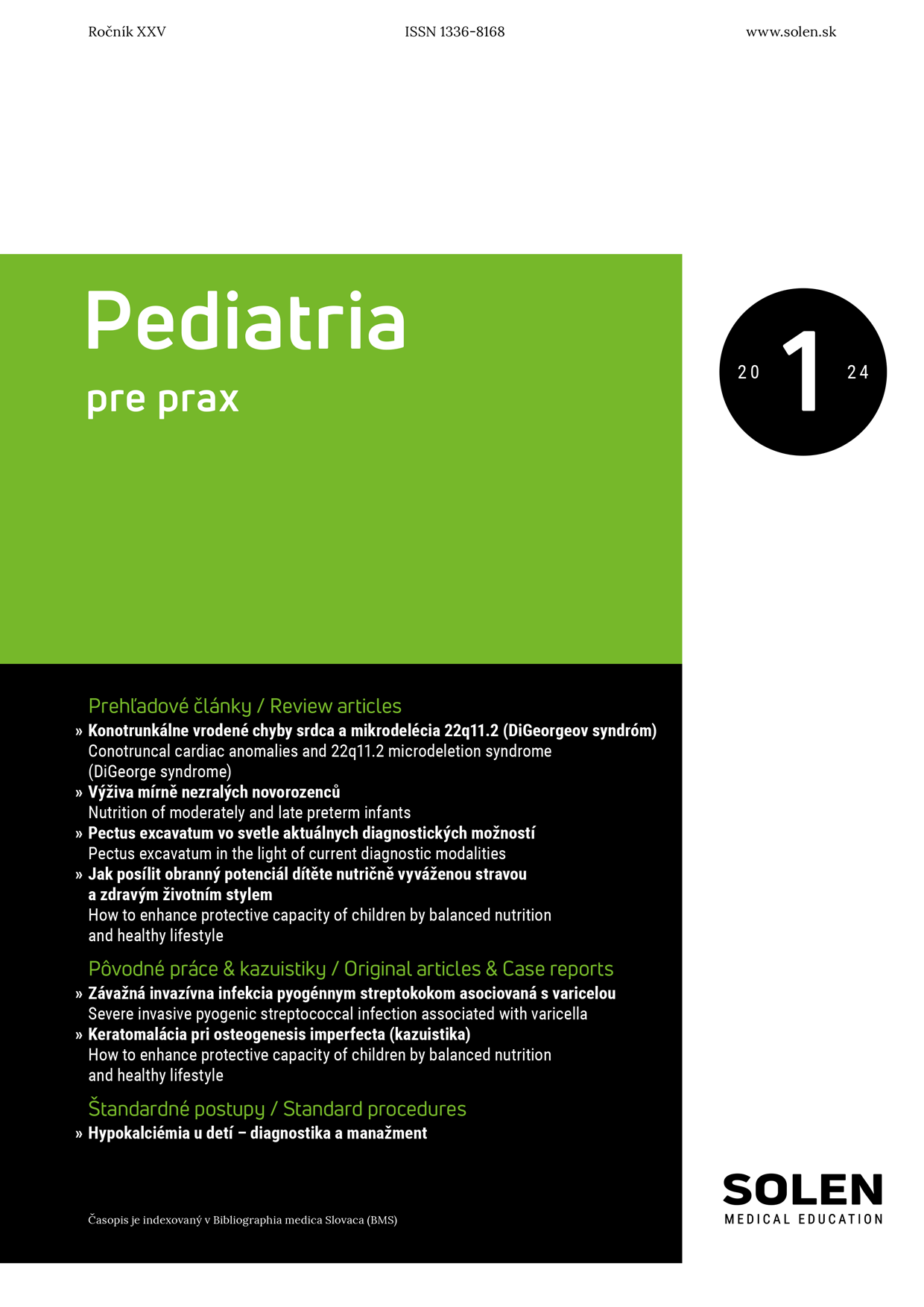
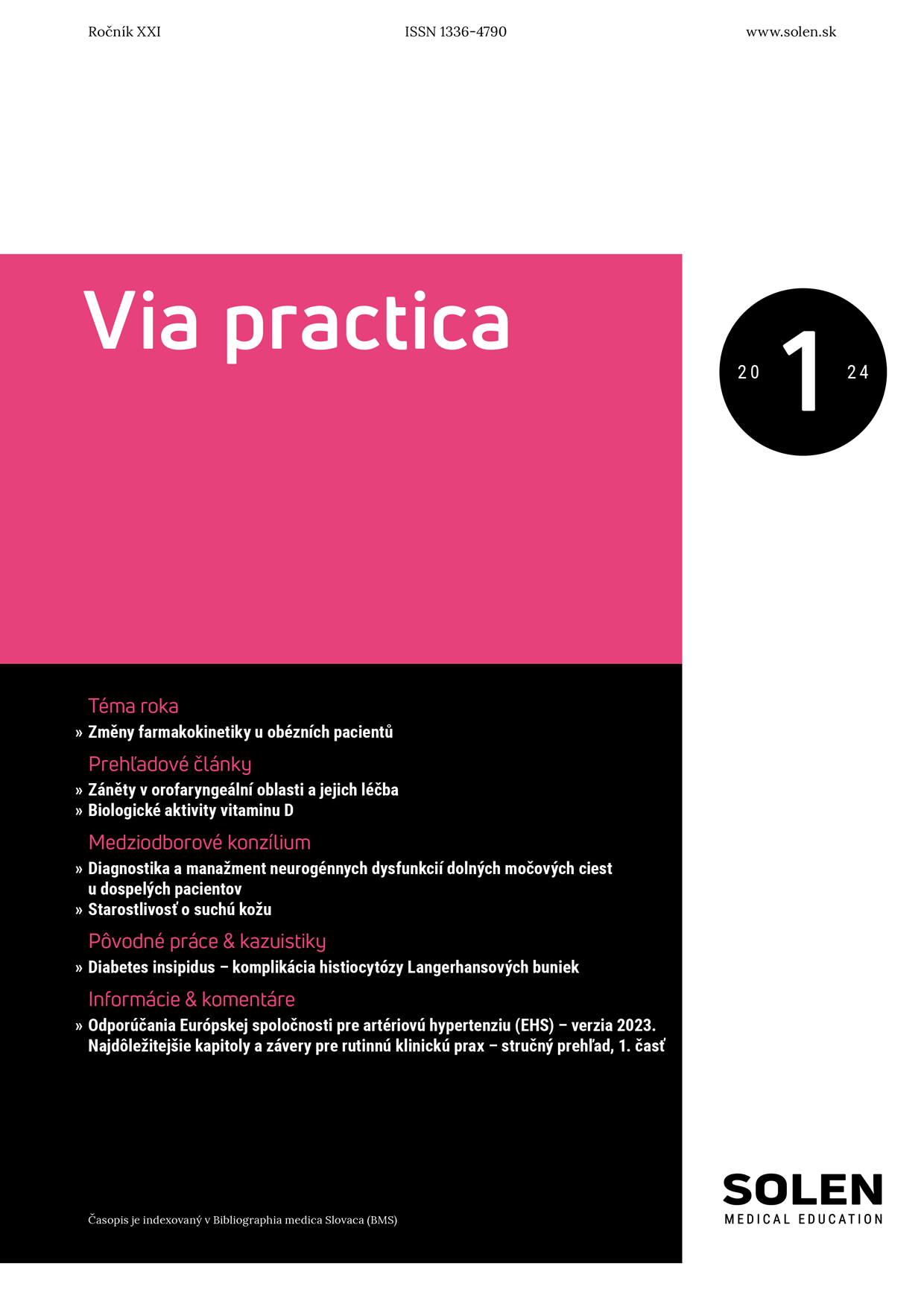
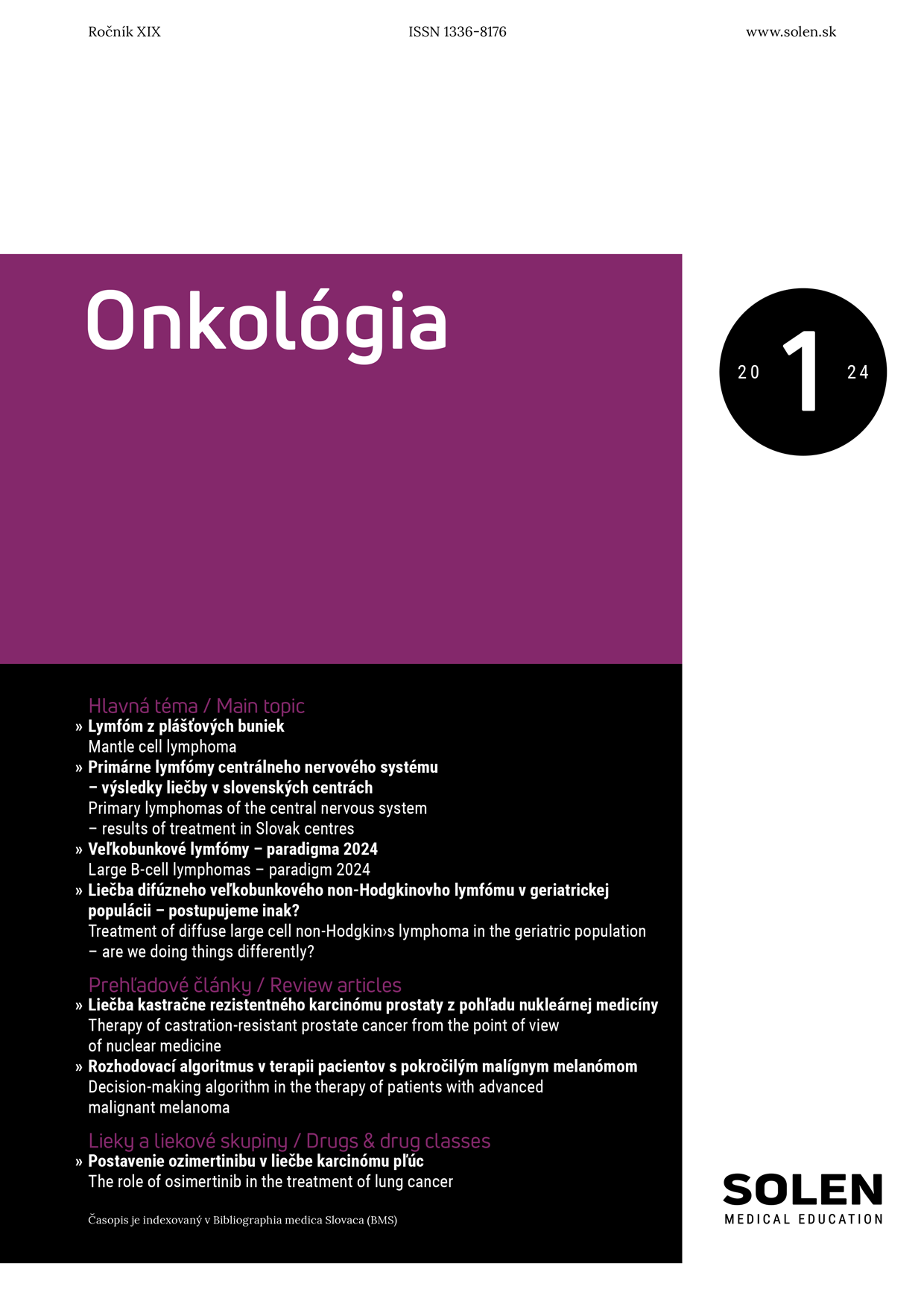
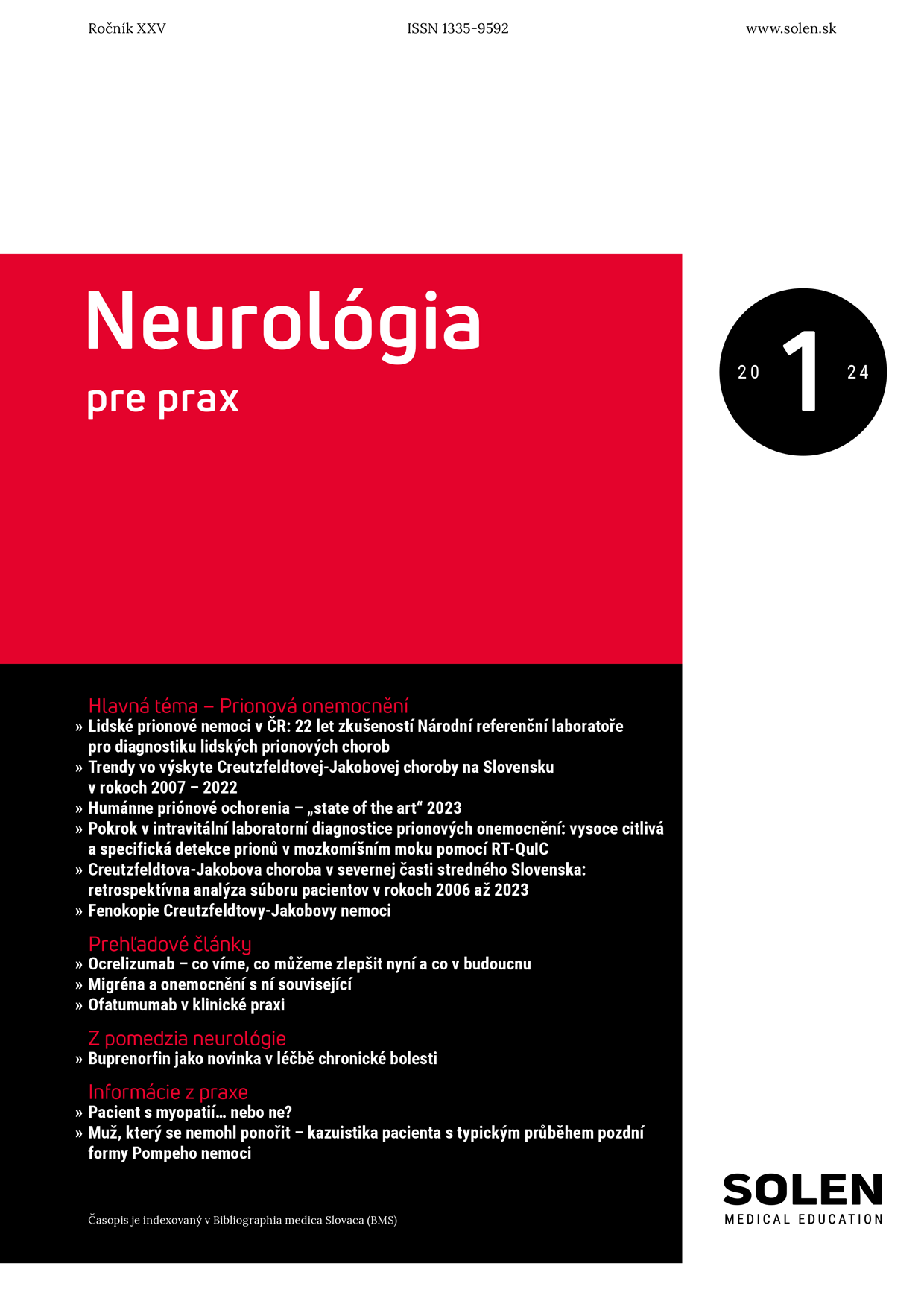
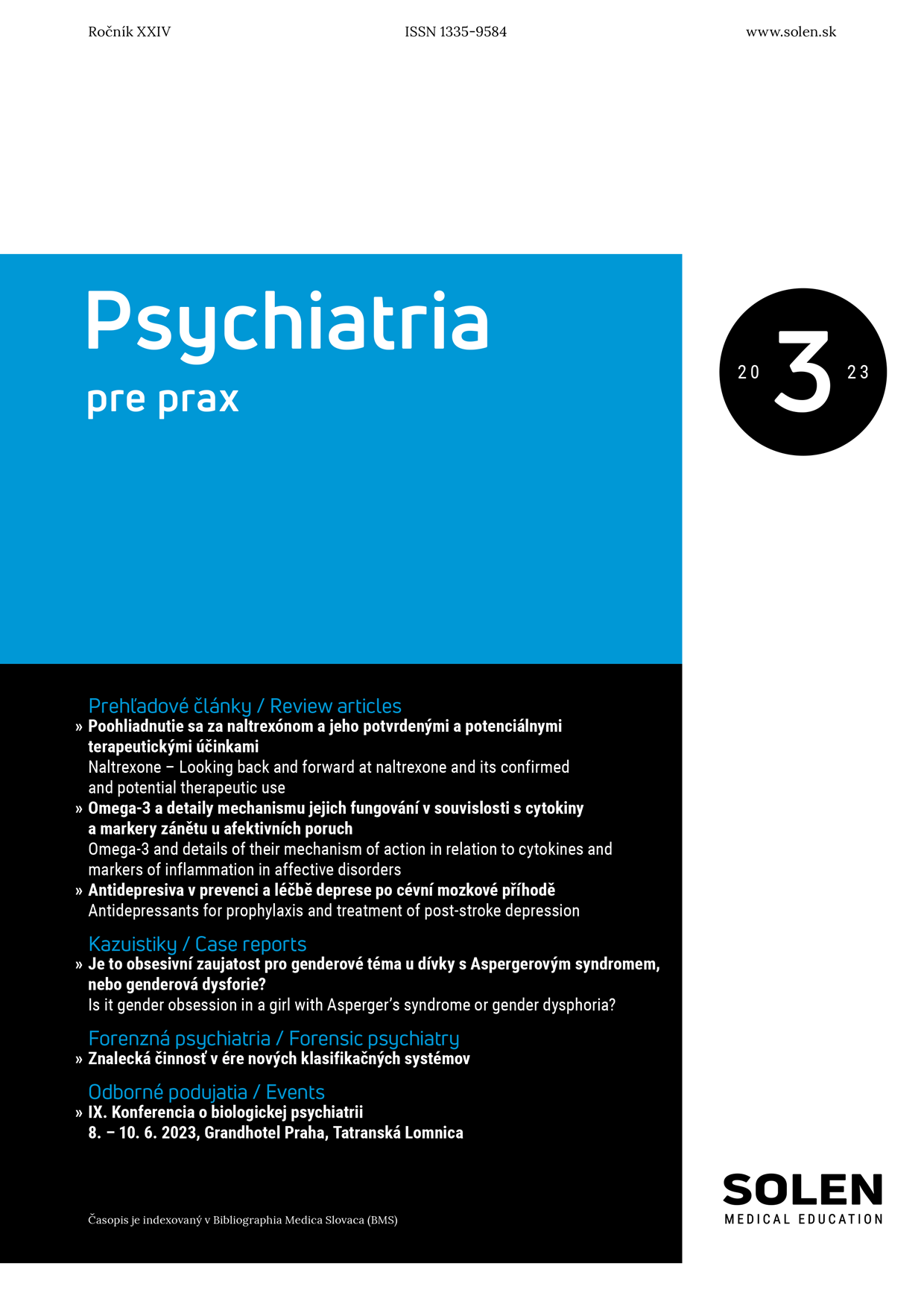
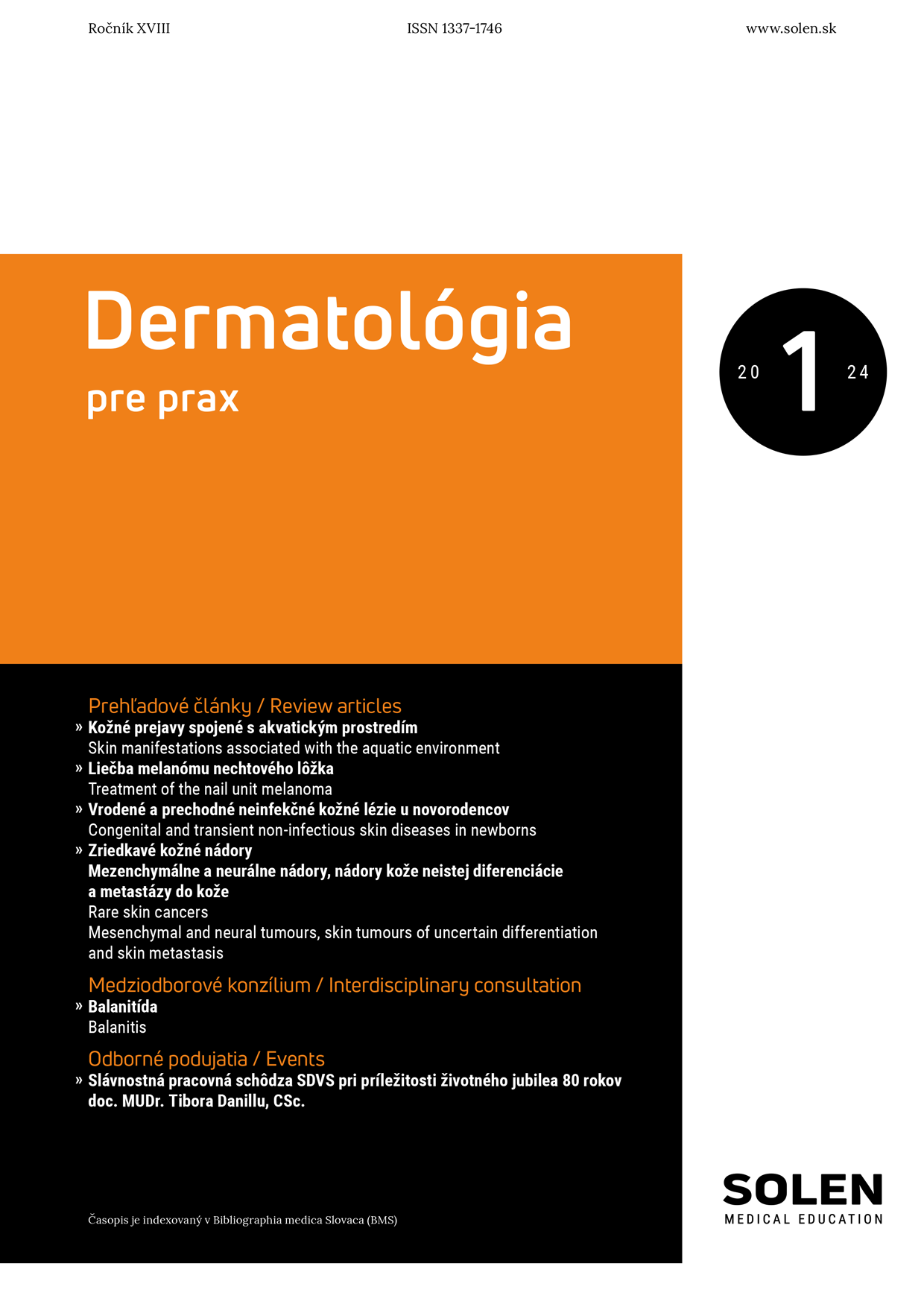
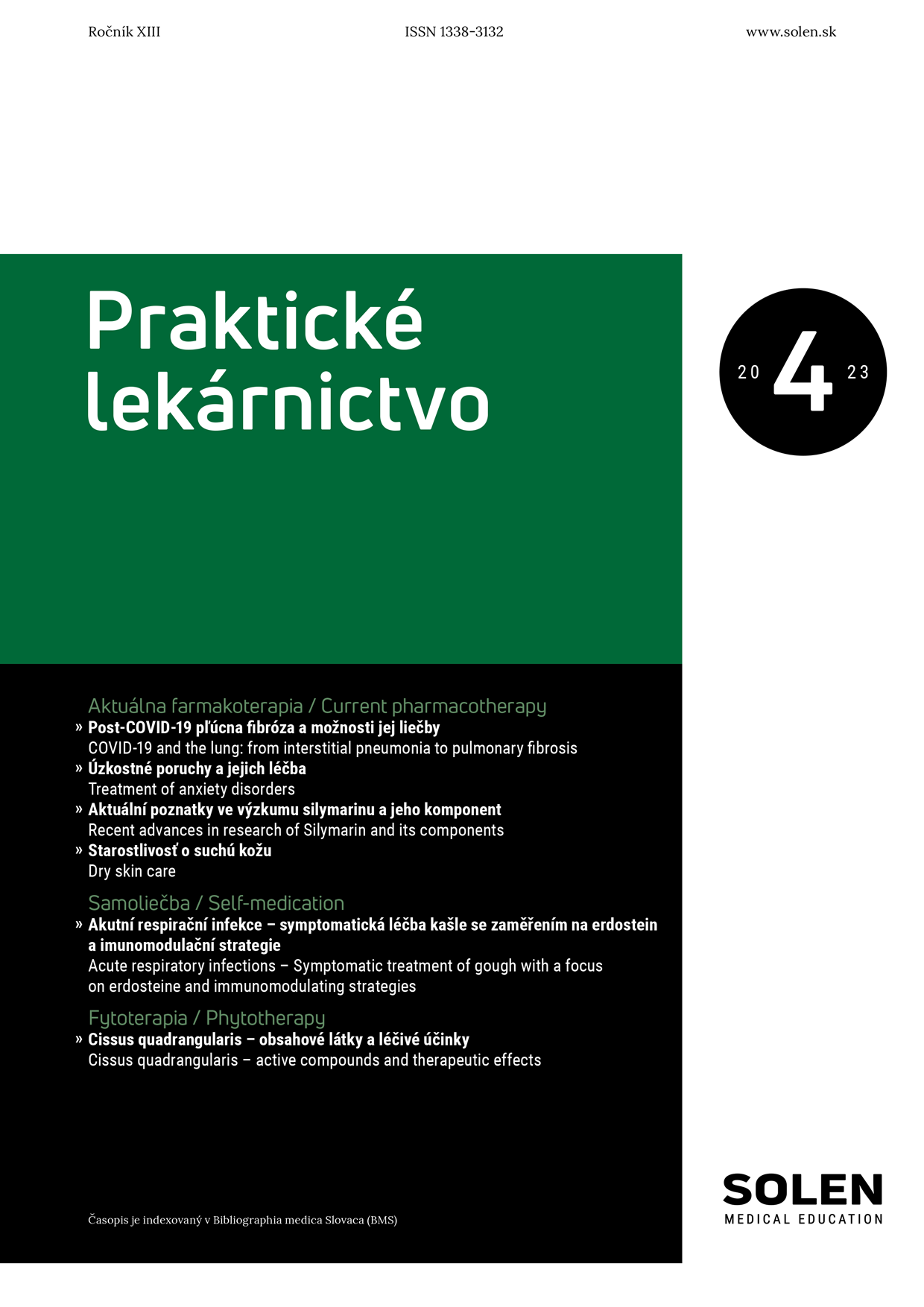
-1.png)
